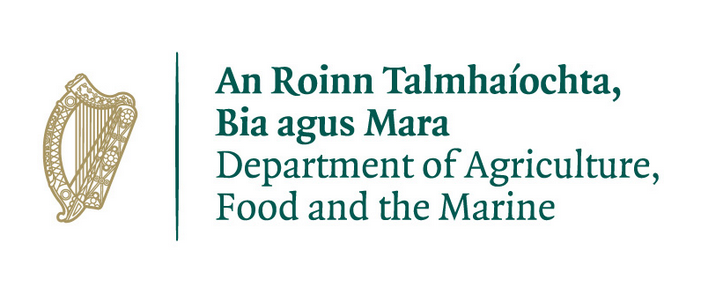
Garden Birds
Adult Bird > Common Conditions > Garden Birds
DISEASES
Salmonellosis
Clinical signs –lethargic, anorexic
Diagnosis – process of elimination
Treatment – broad spectrum antibiotics e.g. enrofloxacin
Comments – believed to be due to contamination of bird tables/feeders. Zoonosis
TRAUMA
Cat Attack
Clinical signs – lacerations, fractures, puncture wounds, feather loss, superficial to severe wounds
Diagnosis – history, clinical signs
Treatment –single dose of long acting amoxicillin or piperacillin, and analgesics
Comments – mainly die due to septicaemia within 48hrs if untreated
Netting – ligatures
Clinical signs – ligature still attached possibly causing pressure necrosis
Diagnosis – clinical signs
Treatment – massaging Preparation H distally for circulation stimulation
Comments – do not untangle from netting and immediately release, admit to monitor for pressure necrosis
Fractures
Clinical signs – often broken beaks – blackbirds, broken legs – robins, broken wings – cat attack
Diagnosis – radiography
Treatment –see Bird Vet section
Comments – Beak repair cannot be done under gaseous anaesthetic, ketamine and xylazine can be used
Lacerations
Treatment – most wounds will heal by second intention after cleaning. Larger and incised wounds may need suturing under GA
Comments – see Bird Vet section
PARASITES
Tassel Foot – mite infestation
Clinical signs – growths on feet
Diagnosis – clinical signs
Treatment –ivermectin
Comments – Do not inject ivermectin
Ticks
Clinical signs – easily identified. Often attached to the head. Local or systemic reaction
Diagnosis – clinical signs
Treatment – manual removal
Comments –if severe reaction, treat with ectoparasiticide, anti-inflammatory and antibiotics
Hippoboscids (Flat flies) or Parasitic louse fly
Clinical signs – easily identified crawling among feathers
Diagnosis – clinical signs
Treatment – manual removal
Comments – re-infested if returned to infected nest
